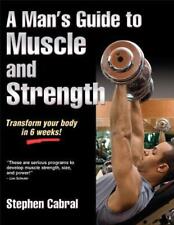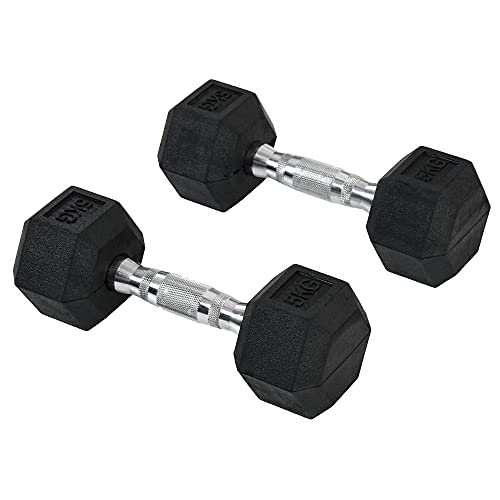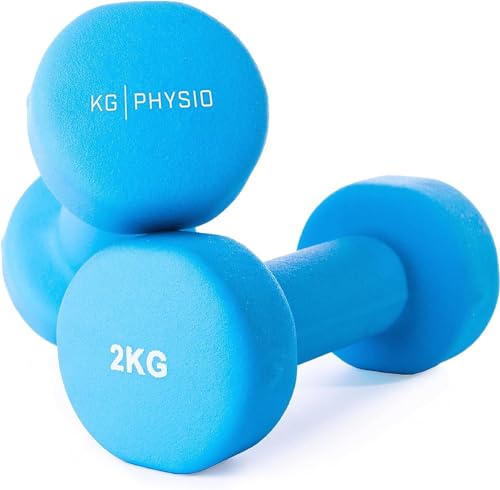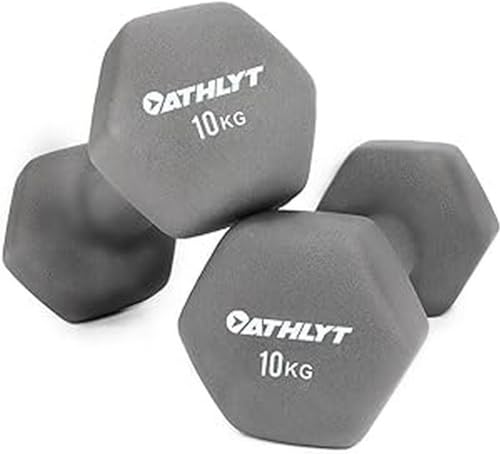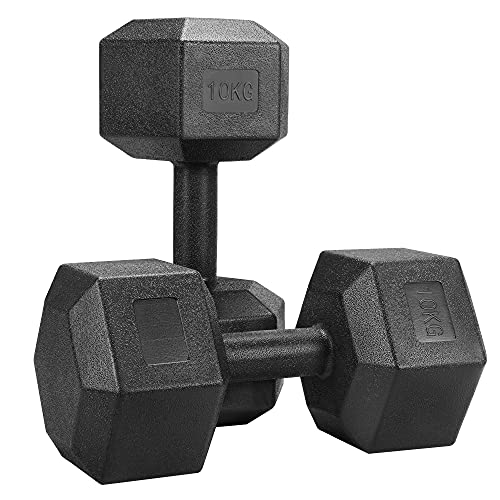Ultimate Muscle Hypertrophy Guide
Muscle hypertrophy, a term often heard in the fitness realm, refers to the process of muscle growth and enlargement.
Understanding the mechanisms behind muscle hypertrophy is crucial for men who aspire to achieve their fitness goals, whether it be building a sculpted physique or enhancing strength. This article explores the science behind muscle hypertrophy, its types, factors influencing growth, and effective training strategies to stimulate optimal muscle gains.
What is muscle hypertrophy?
Muscle hypertrophy is the enlargement of muscle fibers due to an increase in protein synthesis, leading to increased muscle mass and strength. It occurs in response to mechanical stress placed on the muscle during resistance training.
Types of muscle hypertrophy:
a. Sarcoplasmic Hypertrophy: This type of hypertrophy primarily involves an expansion of the muscle cell's fluid-filled sarcoplasm, resulting in increased muscular endurance but with relatively few strength gains.
b. Myofibrillar Hypertrophy: This type involves an increase in the number and size of the contractile proteins (myofibrils) within the muscle fibers. Myofibrillar hypertrophy leads to substantial strength gains and a denser, more defined appearance.
Factors Influencing Muscle Hypertrophy:
a. Progressive Overload: Consistently challenging muscles by gradually increasing resistance is pivotal for muscle growth. This can be done by increasing weights, repetitions, sets, or intensity over time.
b. Proper Nutrition: Consuming adequate protein, carbohydrates, and healthy fats supports muscle repair, growth, and recovery. A focus on nutrient-dense whole foods is key.
c. Hormonal Factors: Testosterone, growth hormone, and insulin-like growth factors play crucial roles in muscle hypertrophy. Adequate sleep, managing stress, and optimizing hormone levels through healthy lifestyle choices can aid in muscle growth.
Effective Training Strategies for Muscle Hypertrophy:
a. Resistance Training: Engaging in regular weightlifting or resistance exercises stimulates muscle fibers, promoting hypertrophy. Compound exercises (e.g., squats, deadlifts, bench presses) that activate multiple muscle groups are particularly effective.
b. Volume and Intensity: Striking a balance between training volume (total sets, reps, and weight lifted) and intensity (percentage of maximum effort) is vital. Higher volume and moderate-to-high-intensity training have been shown to maximize hypertrophy.
c. Rest and Recovery: Allowing sufficient rest between workout sessions and ensuring quality sleep is essential for optimal muscle growth and repair.
$8.94
4.96 out of 5 starsMen's Muscle and Strength Training Guide
Unlock your full potential with our comprehensive guide to muscle and strength training for men
Product information
Product Review Score
Product links
Conclusion:
Muscle hypertrophy is a complex process involving various physiological factors. By understanding the science behind muscle growth and implementing effective training strategies, men can optimize their fitness gains. Remember, consistent progression, proper nutrition, and adequate rest are the pillars for achieving muscle hypertrophy. Stay dedicated, listen to your body, and consult fitness professionals if needed, as everyone's journey to muscle hypertrophy is unique.
Discover the benefits of muscle building
References:
Schoenfeld, B. J. (2010). The mechanisms of muscle hypertrophy and their application to resistance training. Journal of Strength and Conditioning Research, 24(10), 2857–2872.
Phillips, S. M. (2014). A brief review of critical processes in exercise-induced muscular hypertrophy. Sports medicine, 44 (Suppl. 1), S71–S77.
Wackerhage, H., & Schoenfeld, B. J. (2021). Overcoming resistance training plateaus using a novel scientific concept: the repetition maximum-to-volitional failure continuum. Frontiers in Physiology, 12, 694096.




